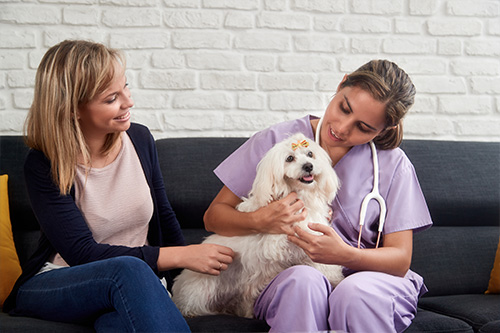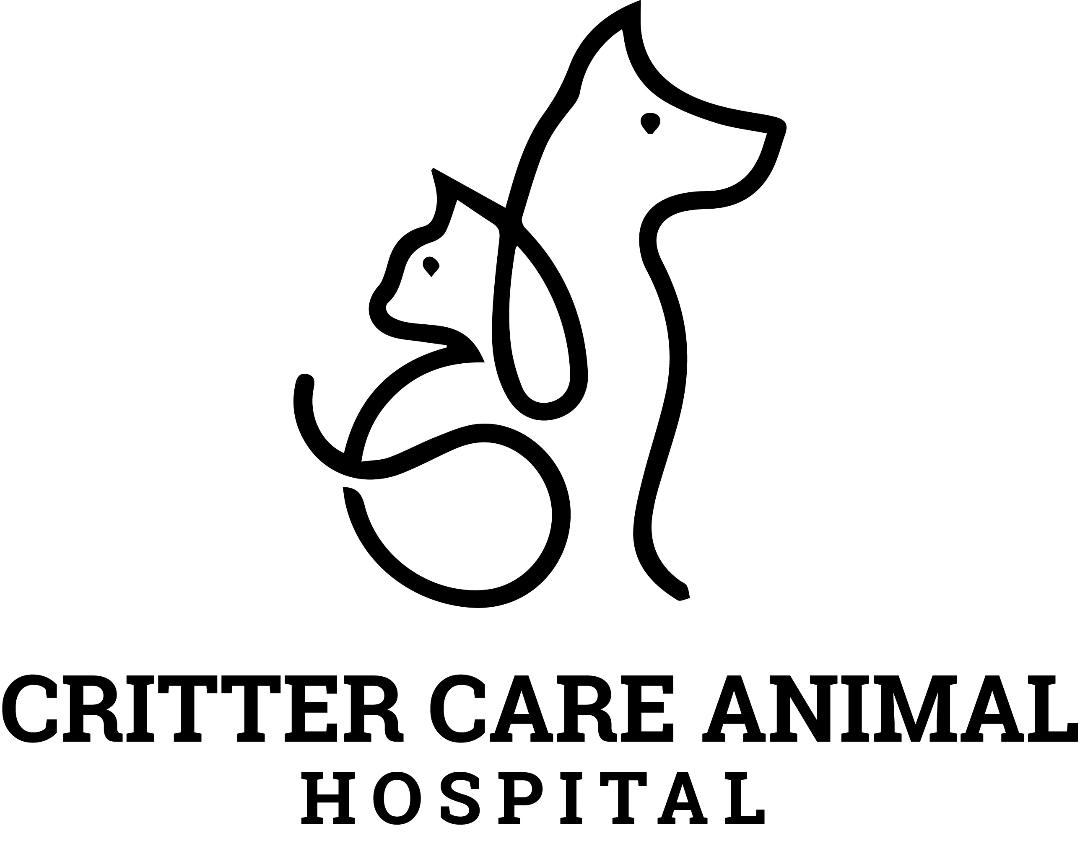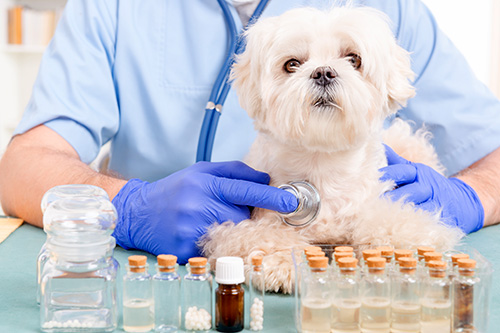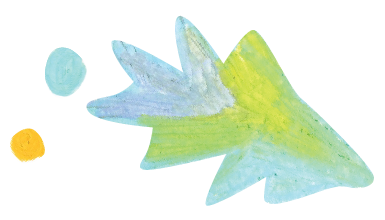
Nextmune Allergy Testing
The SPOT Platinum+ test examines 92 different environmentalallergens. This includes indoor allergens, such as house-dust mites and molds, and outdoor ones like pollens from trees, grasses and weeds. After performing the SPOT Platinum+ test you will know which allergens your pet is allergic to and treatment can begin. This is a fundamental step because without knowing which allergens are causing the problem, it is impossible to develop a tailored immunotherapy treatment or implement allergen-avoidance measures. It also provides a quick assessment of food hypersensitivity. It is a non-invasive test that can save time and money.
Allergies are a lifelong condition, and for that reason any treatment must be continued for life to keep the disease under control. Hypo-sensitization Therapy is effective and safe for long-term use. The best solution is to avoid contact with allergens, but most of the time this is impossible, especially with allergens like house dust-mites, grass, and tree pollen. However, there are measures that can help to minimize contact. Hypo-sensitization Therapy can be administered subcutaneously or orally. Studies show that around 75% of patients have a positive response to it. The effect is usually seen after 5 months, but can take up to a year. Immunotherapy is effective, safe for long-term use, and can be combined with other medications.
A very small number may not improve much. If this happens with your patient, it is important to work closely with your veterinarian, because it is likely that there are other factors involved, other allergies or new allergies (e.g. to fleas of foods). Regular follow-up appointments are important, especially during the first year of treatment. It may be necessary to change the dosage and interval.



